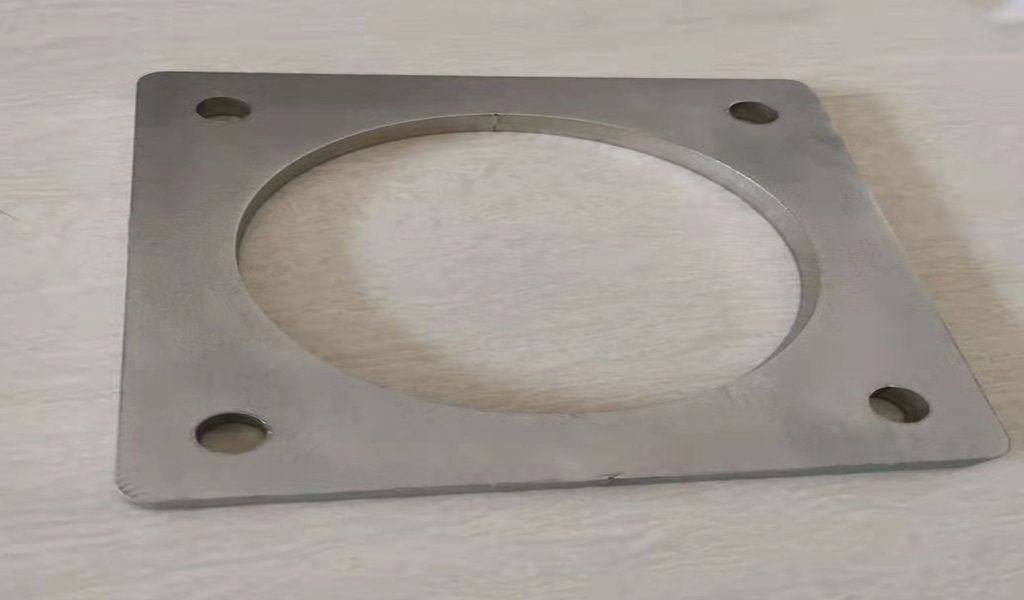The crystal structure of zirconia ceramics is the basis of its wear resistance and high temperature resistance. When zirconia ceramics have a special crystal structure, it has a series of excellent characteristics. Then what is its crystal structure? Introduce everyone.
The materials of zirconia ceramics and zirconia toughened alumina ceramics are widely used. Due to the excellent physical and chemical properties of zirconia, it has a prominent position in engineering ceramics and advanced ceramics, such as ceramic rods, piston crowns of ceramic engines. and many more.
There are three stable allotropes of zirconia: monoclinic, cubic and tetragonal. The monoclinic phase of pure zirconia is stable from room temperature to 1170°C, above this temperature it transforms into the tetragonal phase, and then transforms into the cubic phase at 2370°C until melting occurs at 2680°C. There is a hysteresis phenomenon in the transition from monoclinic phase to tetragonal phase.

Due to its high melting point and chemical inertness, pure zirconia can be used as a refractory material, however, the transformation from tetragonal to monoclinic during thermal cycling can cause severe bulk cracking of the material. Many applications of zirconia therefore require it to be alloyed with alkaline earth oxides or rare earth oxides to give it a fully or partially stable structure.
At present, the alloying elements added to zirconia ceramic materials are mainly Ca, Mg, Ce and Y oxides.
In fact, all rare earth elements can form solid solutions with zirconia, and yttrium-stabilized zirconia is currently the most widely used.
[wp_reusable_render id=2239]
